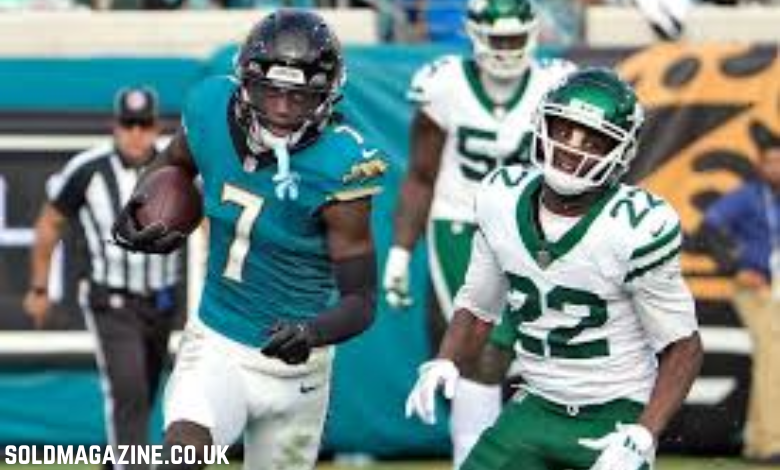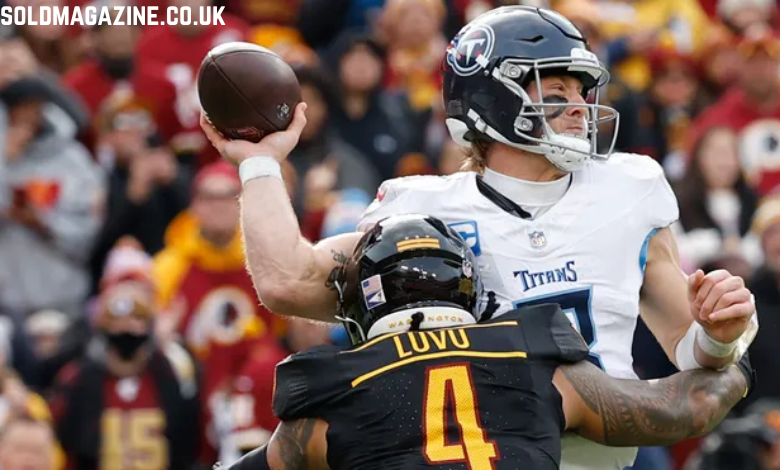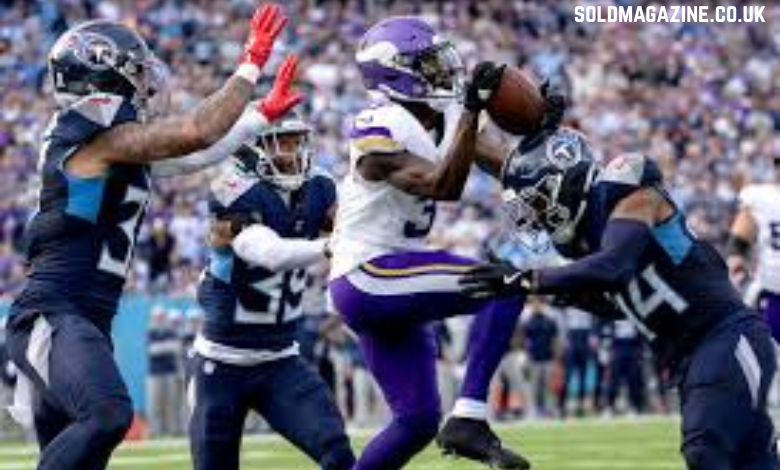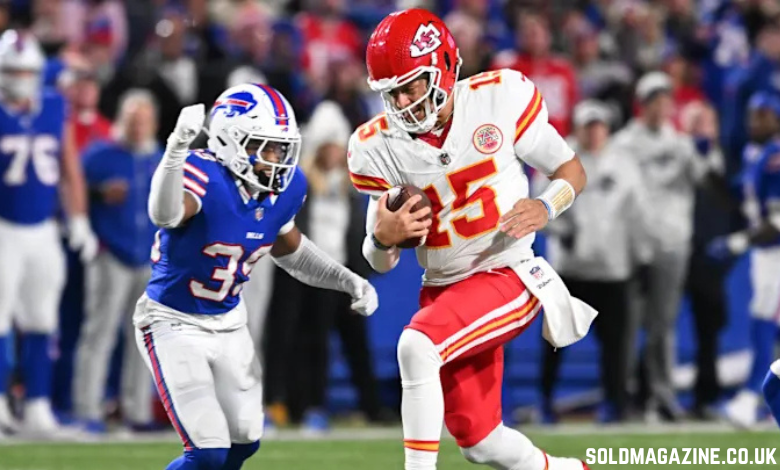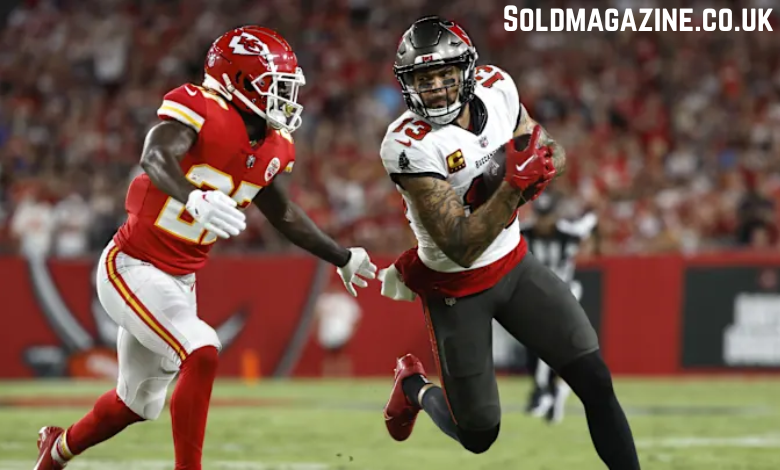Introduction
The game between the New York Jets and Jacksonville Jaguars provided plenty of statistical insights that tell the story of a competitive match. Both teams fought hard, with the Jets ultimately coming out on top with a 32-25 victory. Below, we break down the key player stats and team performance throughout the game to get a clearer understanding of how this exciting matchup unfolded.
Match Overview
Both the New York Jets (4-10) and the Jacksonville Jaguars (3-11) entered the game with struggling records, but each team was motivated to perform and showcase their strengths. The game featured crucial moments, with both offenses and defenses looking to make their mark. The final score of 32-25 in favor of the Jets reflected a hard-fought battle that was marked by turnovers, rushing yards, and overall offensive efficiency.
Offensive Stats
Passing Stats:
- New York Jets:
- Passing Yards: 275 yards
- Completions/Attempts: 16/30
- Yards per Pass: 8.9 yards
- Interceptions Thrown: 0
- Sacks: 1 sack for 14 yards lost
- Jacksonville Jaguars:
- Passing Yards: 285 yards
- Completions/Attempts: 31/46
- Yards per Pass: 5.9 yards
- Interceptions Thrown: 2
- Sacks: 2 sacks for 9 yards lost
While both teams passed for similar yardage, the Jets were more efficient in their passing game with a higher yards-per-pass average. The Jaguars, although passing more attempts, faced two crucial interceptions that played a major role in their defeat. The Jets’ ability to avoid turnovers while generating solid yardage from passing plays gave them an edge in maintaining control of the game.
Rushing Stats
- New York Jets:
- Rushing Yards: 125 yards
- Rushing Attempts: 23
- Yards per Rush: 5.4 yards
- Rushing 1st Downs: 8
- Jacksonville Jaguars:
- Rushing Yards: 136 yards
- Rushing Attempts: 29
- Yards per Rush: 4.7 yards
- Rushing 1st Downs: 10
The Jaguars edged the Jets in total rushing yards, but the Jets maintained a higher yards-per-carry average, which helped them stay efficient in moving the ball. Despite the Jaguars having more rushing attempts, they struggled to break off big runs, finishing with a lower yards per rush than their opponents. The Jets’ ability to convert on first downs, particularly with their running game, helped them sustain longer drives.
Defensive Stats
Total Defensive Plays
New York Jets: 54 total defensive plays
Jacksonville Jaguars: 77 total defensive plays
The Jaguars ran significantly more plays, which gave them more opportunities to score. However, their inability to capitalize on these opportunities was a significant issue. The Jets’ defense was able to bend but not break, limiting the Jaguars’ offensive output despite their higher play count.
Turnovers
- New York Jets: 0 turnovers
- Jacksonville Jaguars: 2 turnovers
The Jets capitalized on their clean game, not turning the ball over. This gave them a major advantage as they maintained possession and limited the Jaguars’ chances for offensive opportunities. On the other hand, the Jaguars’ two interceptions and a series of penalties halted their momentum and allowed the Jets to control the game.
Penalties
- New York Jets: 8 penalties for 62 yards
- Jacksonville Jaguars: 8 penalties for 106 yards
Both teams were penalized the same amount, but the Jaguars’ penalties were far more costly in terms of yardage, with an additional 44 yards lost compared to the Jets. These penalties negated positive plays and hurt the Jaguars’ chances of staying in the game. The Jets, while also penalized, did a better job of avoiding significant setbacks from flags.
Red Zone Efficiency
- New York Jets: 2 out of 3 in Red Zone
- Jacksonville Jaguars: 2 out of 4 in Red Zone
While both teams were able to convert in the red zone, the Jets had a slightly better conversion rate. Their efficiency in the red zone, combined with their ability to limit turnovers, was a key factor in their victory.
Possession
- New York Jets: 25 minutes and 36 seconds
- Jacksonville Jaguars: 34 minutes and 24 seconds
The Jaguars held onto the ball for nearly nine more minutes than the Jets, but their inability to score on crucial drives meant that the Jets made better use of their limited time with the ball. The Jets’ defense was able to make stops when it mattered, and their offense was efficient enough to maintain control despite the disparity in possession.
Key Players
New York Jets
Quarterback: The Jets’ quarterback had a solid performance with 275 passing yards on 16 completions. They kept the ball moving efficiently and avoided turnovers.
Running Back: The Jets’ rushing attack, led by their running back, contributed to a solid 125 yards on the ground. Their ability to rush for over 5 yards per carry allowed the Jets to sustain drives and keep the Jaguars’ defense on the field.
Jacksonville Jaguars:
Quarterback: The Jaguars’ quarterback was more active with 46 attempts but struggled with two interceptions. His completion percentage was lower, and the turnovers severely hampered the offense’s ability to score.
Running Back: Despite being the more productive team on the ground with 136 rushing yards, the Jaguars’ running back did not make enough explosive plays to overcome the lack of passing efficiency.
Conclusion
The game between the New York Jets and Jacksonville Jaguars was a fascinating contest that hinged on the efficiency of both offenses and the ability to capitalize on turnovers and penalties. The Jets were able to limit their mistakes, avoid turnovers, and maintain efficiency in the red zone. In contrast, the Jaguars struggled with interceptions, costly penalties, and missed opportunities in the red zone, ultimately leading to their defeat. The final score of 32-25 is a testament to the Jets’ ability to manage the game more effectively, despite possessing the ball for less time. The Jaguars’ inability to take advantage of their extra time with the ball and their struggles in critical situations proved to be their undoing.
Looking at the player stats, the key takeaway is the importance of turnovers, red zone efficiency, and maintaining control of the game. The Jets’ balanced offensive performance, coupled with a solid defensive showing, helped them secure a crucial win on the road. Meanwhile, the Jaguars will need to address their turnover issues and improve their efficiency in both the passing and rushing game if they are to become competitive in the future. In the end, the New York Jets demonstrated how to win a game with discipline, execution, and fewer mistakes, while the Jacksonville Jaguars will look to learn from this tough loss as they move forward in their season.
FAQS
1. What was the final score of the Jets vs Jaguars match?
The New York Jets won 32-25 against the Jacksonville Jaguars.
2. Which team had more total yards in the game?
The Jacksonville Jaguars had 421 total yards, slightly ahead of the Jets’ 400 yards.
3. How many turnovers did each team commit?
The Jets committed 0 turnovers, while the Jaguars had 2 turnovers.
4. Who had a better passing efficiency?
The Jets had a better passing efficiency with 8.9 yards per pass compared to the Jaguars’ 5.9 yards.
5. Which team had better red zone efficiency?
Both teams converted 2 out of 4 red zone opportunities, but the Jets had a slightly better conversion rate.
